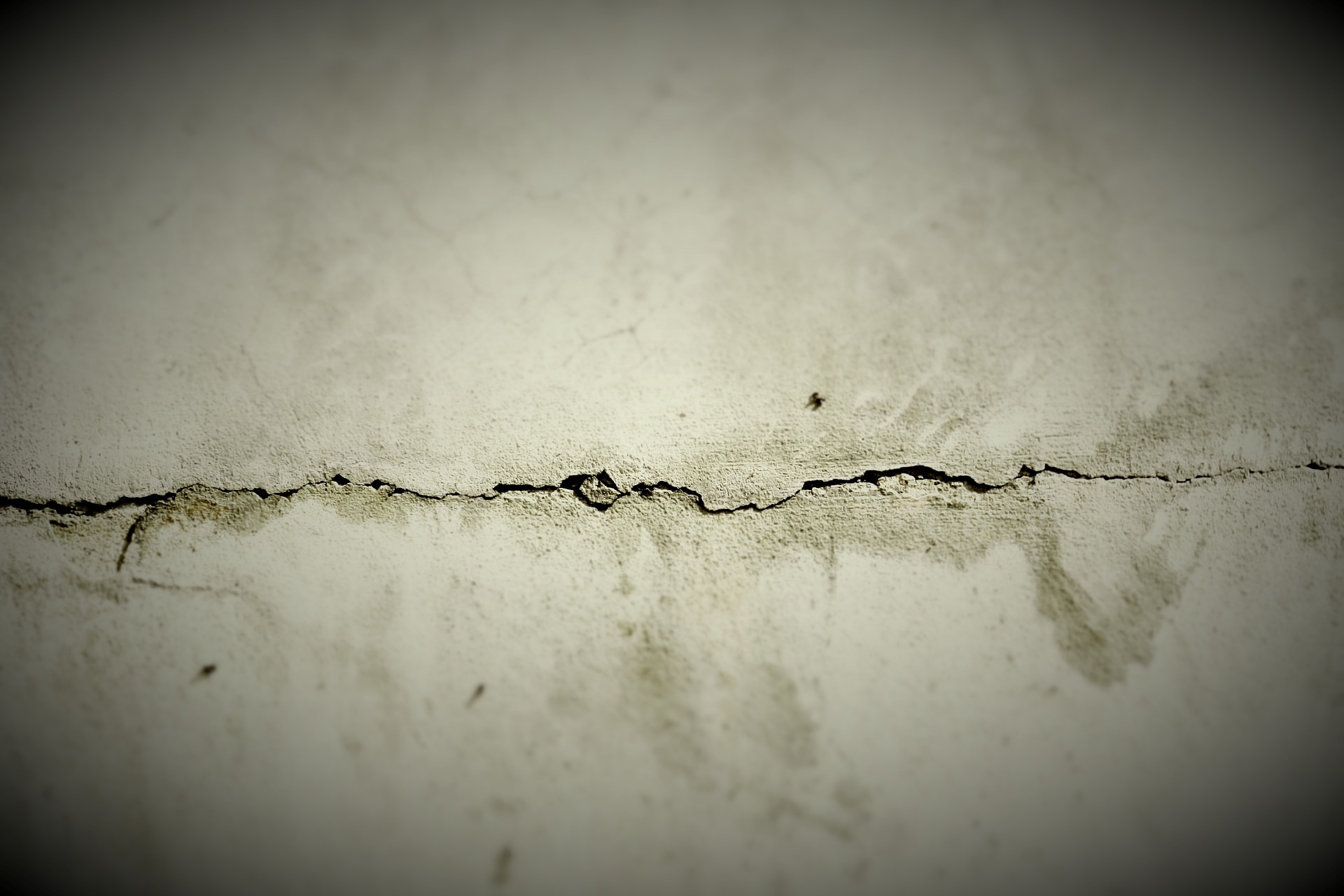Learn more about wall restoration
Wall restoration breathes new life into tired, damaged surfaces while preserving the integrity of your home. Whether dealing with cracks, water damage, or outdated finishes, proper restoration techniques can transform your living space. Understanding the right approaches for different wall types and damage levels ensures lasting results that enhance both functionality and aesthetic appeal.

Walls form the foundation of our living spaces, defining rooms and providing structural integrity. Over time, they can suffer from various forms of damage—from minor cracks and scuffs to more serious issues like water damage or structural problems. Wall restoration goes beyond simple repairs, offering a comprehensive approach to revitalizing these essential elements of your home. By understanding the proper techniques and materials, you can breathe new life into damaged or aging walls, enhancing both the appearance and value of your property.
Revitalize your walls today with proper assessment
The first step in any successful wall restoration project is a thorough assessment of the damage. Different wall materials—drywall, plaster, brick, or concrete—require specific approaches. Begin by identifying the extent and type of damage: Are there hairline cracks or larger structural issues? Is there water damage or mold present? Has the wall suffered impact damage or is it simply showing signs of age?
Proper assessment allows you to determine whether you’re dealing with a cosmetic issue that requires simple patching and painting or a more serious structural problem that might need professional attention. Document all damaged areas and create a prioritized plan that addresses the most critical issues first. This methodical approach ensures that underlying problems are resolved before cosmetic fixes are applied, preventing recurring issues down the road.
Discover effective restoration techniques for different materials
Each wall material demands specific restoration approaches. For drywall, small holes can be repaired with spackling compound, while larger damages might require patch kits or replacement sections. Traditional plaster walls, common in older homes, often benefit from specialized plaster repair compounds rather than standard drywall materials.
For brick or stone walls, restoration typically involves careful cleaning, repointing mortar joints, and sometimes replacing damaged individual units. Concrete walls may require patching compounds designed specifically for masonry. Understanding these material differences is crucial—using drywall compounds on plaster walls, for instance, often leads to poor adhesion and eventual failure.
Moisture damage requires special attention regardless of wall type. Always ensure the source of moisture is eliminated before beginning repairs, and use mold-resistant materials in areas prone to dampness. For historically significant walls, consider consulting with a preservation specialist who can recommend period-appropriate restoration methods and materials.
Enhance your home’s appearance with proper finishing techniques
The finishing stage of wall restoration dramatically impacts the final appearance. After structural repairs are complete, proper surface preparation becomes essential. This includes sanding repaired areas until they’re flush with the surrounding wall, applying primer to ensure consistent paint adhesion, and choosing appropriate finishes for the space.
Texturing techniques can help blend repaired sections with existing walls. Options range from smooth finishes to knockdown, orange peel, or popcorn textures. When matching existing textures, practice on sample boards first to perfect your technique. Consider modern finishing options like venetian plaster or limewash that can add character while concealing minor imperfections.
Color selection also plays a vital role in wall restoration. Lighter colors can make spaces feel larger and brighter, while deeper tones add warmth and dimension. Consider the room’s purpose, lighting conditions, and existing décor when selecting finishes. Remember that gloss levels affect both appearance and practicality—higher-gloss finishes are more durable and cleanable but also highlight imperfections.
Expert tips for wall care to prevent future damage
Proactive maintenance significantly extends the life of restored walls. Establish a regular inspection routine to catch minor issues before they become major problems. Look for early signs of moisture intrusion, such as discoloration or bubbling paint, and address them immediately. In high-moisture areas like bathrooms and kitchens, ensure proper ventilation to prevent mold growth and paint deterioration.
Protect walls from physical damage by installing corner guards in high-traffic areas and using door stops to prevent doorknob damage. When hanging art or shelving, use appropriate anchors for your wall type and weight requirements. For homes in regions with seasonal humidity changes, monitor indoor humidity levels to prevent expansion and contraction that can lead to cracking.
Regular cleaning also contributes to wall longevity. Different wall finishes require specific cleaning approaches—painted walls generally respond well to gentle cleaning with mild soap solutions, while specialized cleaners exist for brick, stone, and textured surfaces. Always test cleaning products in an inconspicuous area first to ensure they won’t damage finishes.
Transform your space with ease through professional techniques
While many wall restoration projects are suitable for DIY enthusiasts, understanding when to call professionals can save time and prevent costly mistakes. Complex structural issues, extensive water damage, or walls containing hazardous materials like lead paint or asbestos require professional expertise. Similarly, historic preservation projects often benefit from specialists familiar with period-appropriate techniques and materials.
If tackling restoration yourself, invest in quality tools that make the job easier and produce better results. A good set of taping knives, sanding blocks, and application tools pays dividends in the finished product. Consider renting specialized equipment for larger projects or techniques requiring specific tools.
When working with professionals, request detailed estimates that clearly outline the scope of work, materials to be used, and expected timeline. Ask for references and examples of similar restoration projects they’ve completed. Establishing clear communication about expectations and budget constraints helps ensure satisfactory results without unexpected costs.
Wall restoration represents a valuable investment in your property, enhancing both its appearance and structural integrity. Whether addressing minor cosmetic issues or undertaking comprehensive restoration, understanding the principles and techniques appropriate for your specific walls ensures lasting results that transform your living space. With proper assessment, material selection, finishing techniques, and ongoing maintenance, your restored walls can provide beauty and function for many years to come.


